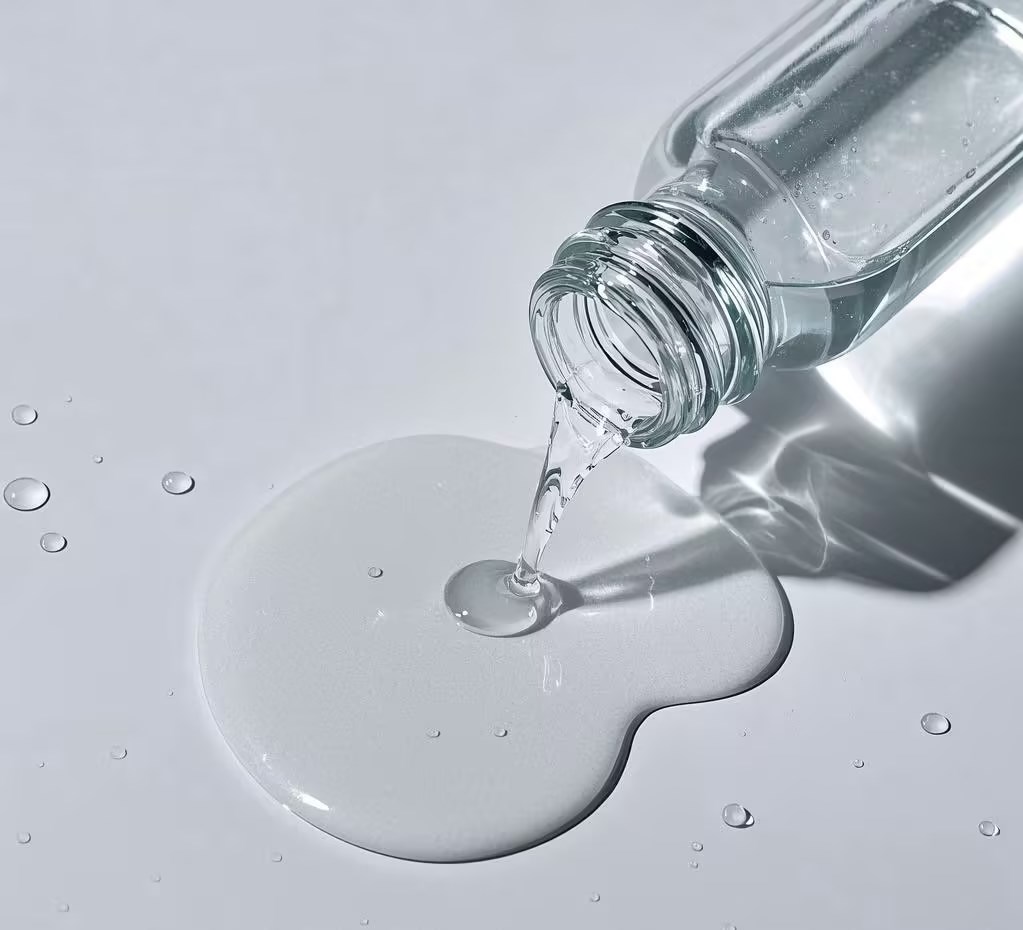Carboxylated silicone oil, as an important organic silicon material, has a wide range of applications in the industrial field. The synthesis process and quality control are key links to ensure product performance and application effectiveness. This article will provide a detailed introduction to the synthesis process of carboxylic silicone oil and explore how to ensure product quality and stability through strict quality control measures during the production process.
product link:
https://www.112seo.com/product-carbon-hydroxyl-silicone-oil-my2140.html
The synthesis principle of carboxylic silicone oil
The synthesis of carboxyl silicone oil is mainly achieved by introducing carboxyl functional groups on the main chain of organosilicon. This process usually involves hydrolysis, condensation reactions, and carboxylation reactions of organosilicon compounds. The commonly used synthesis methods include the following:
Hydrolysis condensation method
By reacting organic silicon compounds containing chlorinated alkyl groups with water, intermediates with hydroxyl groups are generated. Subsequently, the intermediate undergoes a condensation reaction with compounds containing carboxyl groups (such as carboxylic acids or carboxylic acid esters) under the action of a catalyst, thereby introducing carboxyl groups. The advantage of this method is that the reaction conditions are mild and the operation is relatively simple, but it requires strict control of the reaction temperature and time to avoid the occurrence of side reactions.
 Addition reaction method
Addition reaction method
By utilizing the addition reaction between the double bonds in organosilicon compounds and compounds containing carboxyl groups (such as maleic anhydride), carboxyl groups are introduced into the organosilicon main chain. The advantage of this method is its fast reaction speed and high purity of the product. However, addition reactions require specific catalyst and solvent conditions, and the requirements for reaction conditions are relatively strict.
 graft copolymer
graft copolymer
Carboxylated silicone oil is generated by graft copolymerization of monomers containing carboxyl groups with organosilicon compounds. This method can control the content and distribution of carboxyl groups by adjusting the type and dosage of monomers. The advantage of graft copolymerization is that it can synthesize carboxyl silicone oil with specific properties, but its process is relatively complex and the cost is high.
The synthesis process of carboxyl silicone oil
Raw material selection
The main raw materials for synthesizing carboxylic silicone oil include organosilicon compounds (such as polydimethylsiloxane), carboxylation reagents (such as carboxylic acids, carboxylic esters, or maleic anhydride), and catalysts. Choosing high-quality raw materials is the foundation for ensuring product quality. The purity and molecular weight distribution of organosilicon compounds have a significant impact on the performance of the final product. The selection of carboxylation reagents needs to be determined based on the required carboxyl content and product application requirements. The selection of catalysts is also crucial, and commonly used catalysts include acidic catalysts (such as sulfuric acid) and alkaline catalysts (such as sodium hydroxide). Different catalysts will have different effects on reaction rate and product structure.
Reaction condition control
The control of reaction conditions is crucial in the synthesis of carboxylic silicone oil. The reaction temperature, time, pH value, and stirring speed all have an impact on the reaction results. Generally speaking, the reaction temperature needs to be determined based on the selected raw materials and catalysts. For example, in the hydrolysis condensation method, the reaction temperature is usually controlled between 60 ℃ and 100 ℃. The reaction time needs to be adjusted according to the progress of the reaction, usually requiring sampling analysis to determine whether the reaction is complete. The control of pH value also has a significant impact on the direction of the reaction and the selectivity of the products. In addition reaction methods, the pH value usually needs to be controlled within the weakly acidic or weakly alkaline range to promote the progress of the reaction. The control of stirring speed can ensure the thorough mixing of reactants and improve reaction efficiency.
Post processing technology
After the synthesis reaction is completed, the product needs to be subjected to post-treatment to remove unreacted raw materials, catalysts, and other impurities. Common post-processing methods include water washing, filtration, drying, and distillation. Water washing can remove water-soluble impurities such as catalysts and by-products from the reaction system. Filtering can remove solid impurities and improve the purity of the product. Drying is an important step in removing moisture from the product, and commonly used drying methods include vacuum drying and hot air drying. Distillation can separate components with different boiling points by controlling temperature and pressure, further improving the purity and quality of the product.
Quality control measures
Raw material quality testing
Strict inspection of the quality of raw materials during the production process is the first line of defense to ensure product quality. It is necessary to test the purity, molecular weight distribution, moisture content and other indicators of the raw materials. For example, the purity of organosilicon compounds should reach over 99%, and the moisture content should be controlled below 0.1%. By rigorously testing the quality of raw materials, it is possible to avoid product performance degradation caused by quality issues.
Process monitoring
Real time monitoring of reaction conditions is required during the synthesis process. By installing temperature sensors, pH meters, and online analyzers, real-time monitoring of reaction temperature, pH value, and reaction process can be achieved. Once an abnormal situation is detected, the reaction conditions should be adjusted in a timely manner to ensure the normal progress of the reaction. For example, when the reaction temperature is too high, the temperature can be lowered by adjusting the cooling system; When the pH value deviates from the set range, it can be adjusted by adding acid or alkali.
Product testing
After the synthesis is completed, a comprehensive quality inspection of the product is required. The testing items include carboxyl content, molecular weight distribution, viscosity, purity, etc. Carboxyl content is one of the important indicators of carboxyl silicone oil, usually determined by chemical titration or infrared spectroscopy analysis. Molecular weight distribution and viscosity can be measured by gel permeation chromatography and viscometer. The purity of the product can be analyzed by methods such as gas chromatography or high-performance liquid chromatography. Only products that meet quality standards in all aspects can enter the market for sale.
conclusion
The synthesis process and quality control of carboxyl silicone oil are key steps to ensure its performance and application effectiveness. By selecting synthesis methods reasonably, strictly controlling reaction conditions, and implementing strict quality control measures, high-quality carboxyl silicone oil products can be produced. With the continuous improvement of performance requirements for carboxyl silicone oil, its synthesis process and quality control technology will also be continuously optimized and improved in the future to meet market demand.

